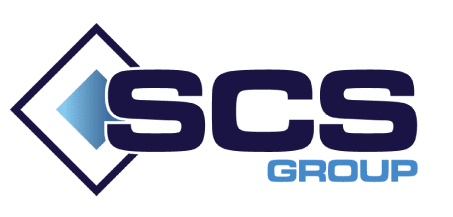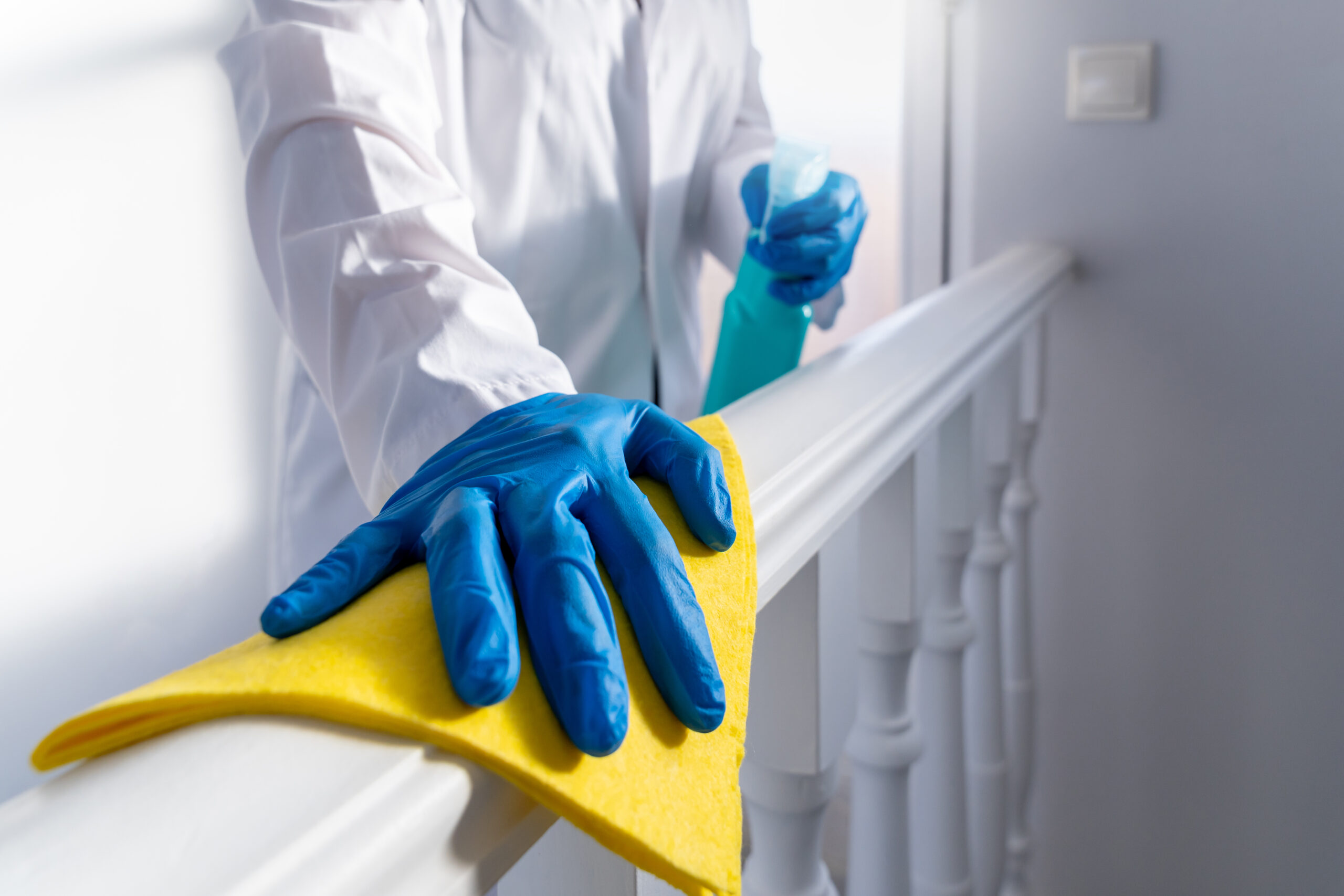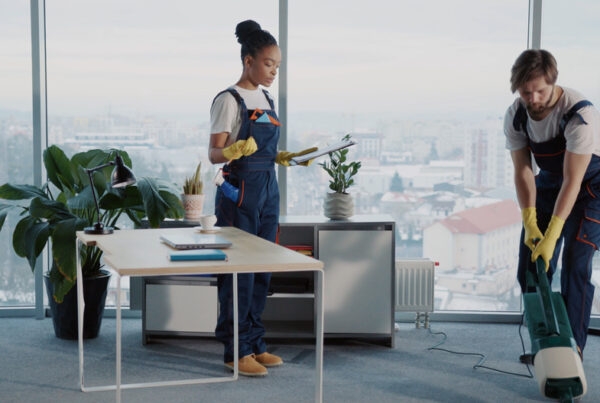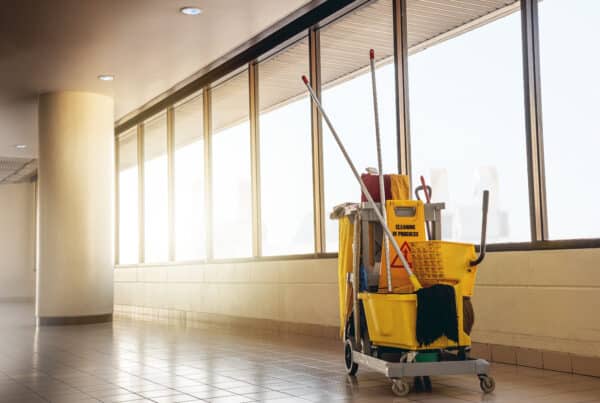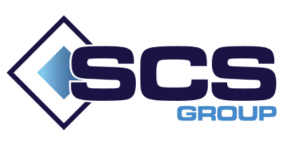In today's fast-paced corporate world, maintaining a clean and healthy office environment is of paramount importance. A clean workspace not only enhances the overall aesthetics but also significantly contributes to the well-being and productivity of employees. As a facility manager, you play a crucial role in ensuring that your office space is not just clean, but immaculate. To help you achieve this goal, we present the ultimate deep clean checklist for facility managers. This comprehensive guide will not only help you revitalize your office but also improve its overall hygiene and ambiance.
The Importance of Cleaning Services
Before diving into the checklist, let's understand why deep cleaning is essential for any office space. Deep cleaning goes beyond the routine maintenance tasks and targets hidden dirt, allergens, and contaminants. It involves thorough cleaning of often overlooked areas, ensuring a healthier environment for everyone. Here are some reasons why deep cleaning should be a top priority:
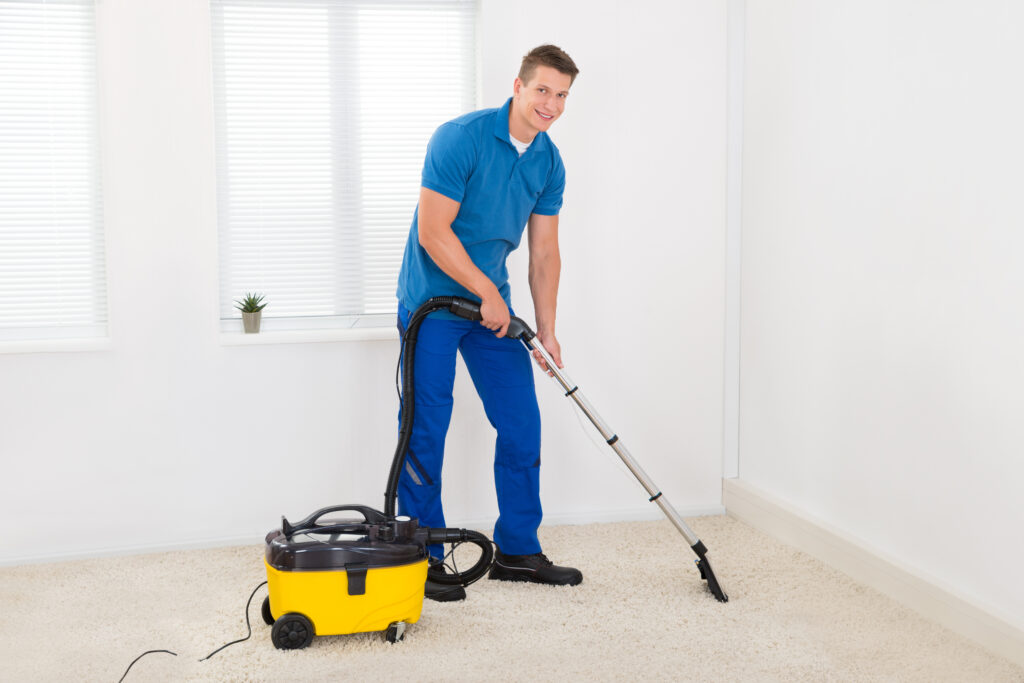
1. Healthier work environment
A clean workspace reduces the risk of employees falling ill due to dust, allergens, or bacteria. A deep clean removes these potential health hazards, creating a healthier atmosphere for your team.
2. Enhanced Productivity
A clutter-free and clean office fosters productivity. When employees are not distracted by messes or unclean surroundings, they can focus better on their tasks, leading to increased efficiency.
3. Improved Image
A well-maintained office creates a positive impression on clients, partners, and visitors. It reflects your commitment to excellence and attention to detail, which can be significant assets for your business.
4. Prolonged Asset Life
Regular deep cleaning helps extend the life of office assets, such as carpets, furniture, and equipment. It reduces wear and tear, saving you money in the long run.
Now that we've established the importance of deep cleaning, let's delve into the checklist itself.
Understanding the Need for Deep Cleaning
Understanding the need for deep cleaning and its role in maintaining a safe and healthy environment is essential for ensuring that professional cleaning efforts are effective in addressing hidden dirt, germs, and potential health risks within a space.
Here's an explanation of each:
Differentiating Deep Cleaning from Routine Cleaning: This highlights the distinction between deep cleaning and regular or routine cleaning. Deep cleaning involves a more comprehensive and thorough cleaning process that reaches areas and surfaces not typically addressed in day-to-day cleaning.
Identifying Signs That Deep Cleaning is Required: Recognizing the indicators that necessitate deep cleaning. These signs may include visible dirt and grime buildup, persistent odors, or the presence of allergens that routine cleaning does not effectively address.
Health and Safety Implications of Neglecting Deep Cleaning: Emphasizing the potential consequences of failing to perform thorough cleaning neglecting professional cleaning can lead to health hazards, reduced indoor air quality, the spread of germs, and the accumulation of allergens and contaminants.
The Facility Manager's Deep Clean Checklist
1. Deep Cleaning: Carpets and Flooring
a. Carpet Cleaning
Start by thoroughly vacuuming all carpets to remove loose dirt and dust. Follow this up with a professional carpet cleaning service to eliminate deep-seated dirt and stains. Consider a carpet protector application to prevent future stains.
b. Hardwood and Tile Floors
For hard surfaces, sweep and mop regularly to maintain cleanliness. Periodically, strip and wax these surfaces for a polished look. Ensure grout lines are cleaned and sealed as well.
2. Deep Cleaning: Office Furniture
a. Desks and Tables
Wipe down all desks and tables with a disinfectant to eliminate germs and bacteria. Pay special attention to high-touch areas such as keyboards and mouse surfaces.
b. Chairs
Vacuum and spot clean chairs, especially upholstery. Consider professional upholstery cleaning for heavily soiled chairs.
3. Deep Cleaning: Electronics
a. Computers and Monitors
Dust and clean computer screens and keyboards regularly. Ensure cables and wires are organized and free of dust to prevent fire hazards.
b. Telephones
Wipe down office phones with disinfectant wipes to reduce the spread of germs.
4. Deep Cleaning: Kitchen and Break Areas
a. Appliances
Clean and sanitize all kitchen appliances, including microwaves, refrigerators, and coffee makers. Empty and clean the refrigerator regularly to prevent food odors.
b. Countertops and Tables
Wipe down countertops and tables with a disinfectant after each use to maintain a germ-free environment.
5. Deep Cleaning: Restrooms
a. Toilets and Urinals
Clean and disinfect toilets and urinals daily. Replace toilet paper and hand towels as needed.
b. Sinks and Faucets
Clean sinks, faucets, and mirrors daily. Ensure that soap and paper towel dispensers are always filled.
6. Deep Cleaning: Common Areas
a. Waiting Room and Lobbies
Clean and sanitize common areas to create a welcoming environment for visitors. Consider adding indoor plants for a touch of nature.
b. Hallways and Corridors
Regularly vacuum and clean hallways to remove dust and debris.
7. Deep Cleaning: HVAC Systems
Schedule regular HVAC maintenance to ensure clean air circulation. Replace air filters as recommended by the manufacturer.
8. Windows and Glass
Clean windows and glass surfaces regularly to allow natural light to brighten up the office space.
Signs That Deep Cleaning is Required:
Here are common signs that indicate the need for deep cleaning in a space:
Visible Dirt and Grime Buildup: When surfaces, floors, or fixtures show noticeable accumulation of dirt, dust, or grime that routine cleaning does not remove.
Stubborn Stains:
Foul Odors:
The presence of persistent stains on surfaces or upholstery that regular cleaning methods have not been able to remove.
Lingering unpleasant odors, especially in areas like kitchens, bathrooms, or carpets, that routine cleaning has not eliminated.
Allergen Concerns:
Increased allergic reactions or respiratory issues among occupants, which may indicate the presence of allergens like dust mites, mold, or pet dander that require thorough removal.
High-Traffic Areas:
Spaces that experience heavy foot traffic, such as commercial facilities or entranceways, may require deep cleaning due to wear and tear.
Neglected Areas:
Places or items that are often overlooked during routine cleaning, such as baseboards, vents, blinds, or behind appliances.
Post-Construction or Renovation:
After construction work, renovations, or remodeling, deep cleaning is typically necessary to remove construction dust, debris, and residues.
Health and Safety Concerns:
In healthcare facilities, schools, or areas with vulnerable populations, thorough cleaning may be needed to maintain strict hygiene and safety standards.
Change in Seasons:
Thorough cleaning can be scheduled seasonally to address specific challenges associated with different times of the year, such as spring cleaning to remove winter buildup.
Upcoming Special Events:
Before hosting important events or gatherings, deep cleaning can ensure a pristine and welcoming environment.
Recognizing these signs and addressing them with a thorough cleaning can help maintain cleanliness, hygiene, and the overall condition of a space. Remember, a well-maintained office not only reflects positively on your business but also contributes to the health and well-being of your employees. So, start revitalizing your office today!
Conclusion
Maintaining a clean and hygienic office environment is a responsibility that falls on the shoulders of facility managers. This deep clean checklist serves as your comprehensive guide to revitalizing your office space. By following these steps, you not only create a healthier and more productive workspace, but also leave a lasting impression on all who enter your office. Remember, a clean office is a step towards success.
Frequently Asked Questions (FAQs)
Q1: How often should I perform a deep clean of my office space?
A1: It is recommended to perform a deep clean at least once a quarter. However, high-traffic areas may require more frequent cleaning.
Q2: Can I handle deep cleaning tasks in-house, or should I hire professionals?
A2: While routine cleaning tasks can be handled in-house, it's advisable to hire professionals for thorough cleaning, especially for tasks like carpet cleaning and HVAC maintenance.
Q3: What cleaning products should I use for disinfecting surfaces in the office?
A3: Use EPA-approved disinfectants that are effective against a wide range of germs and viruses. Ensure you follow the manufacturer's instructions for proper usage.
Revitalize Your Office with SCS Group Integrated Services The Best Deep Cleaning Service In Hobart
Revitalize Your Office with SCS Group Integrated Services, the best commercial cleaning service in Hobart, is the ultimate cleaning solution for facility managers seeking to maintain a pristine office environment in today's fast-paced corporate world. Recognizing the paramount importance of a clean and healthy workspace. SCS Group Integrated Services, is the premier choice commercial cleaning company in Hobart for facility managers in Hobart looking to uphold a pristine office environment in today's fast-paced corporate landscape. As the top commercial cleaning partner.
SCS Group Integrated Services offers an unrivaled cleaning solution for those dedicated to maintaining a spotless workspace. With a commitment to excellence, SCS Group Integrated Services not only enhances the aesthetics of your office but also greatly contributes to the well-being and productivity of your employees.
Deep cleaning is at the core of our service, addressing hidden dirt, allergens, and contaminants that routine cleaning maintenance may overlook. The importance of deep cleaning cannot be overstated:
